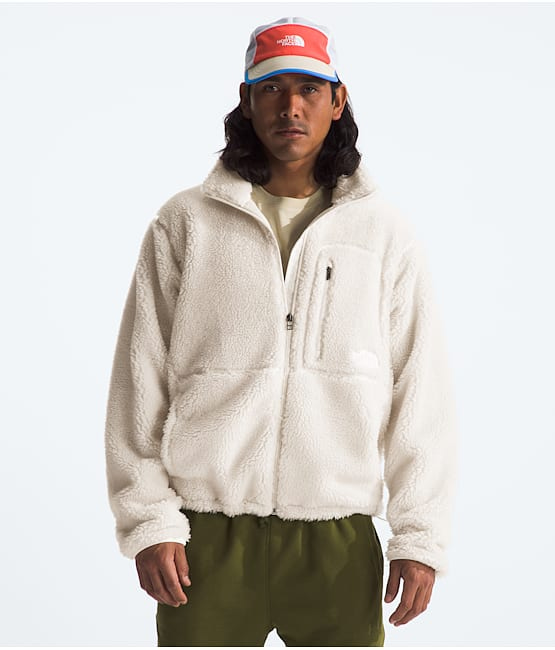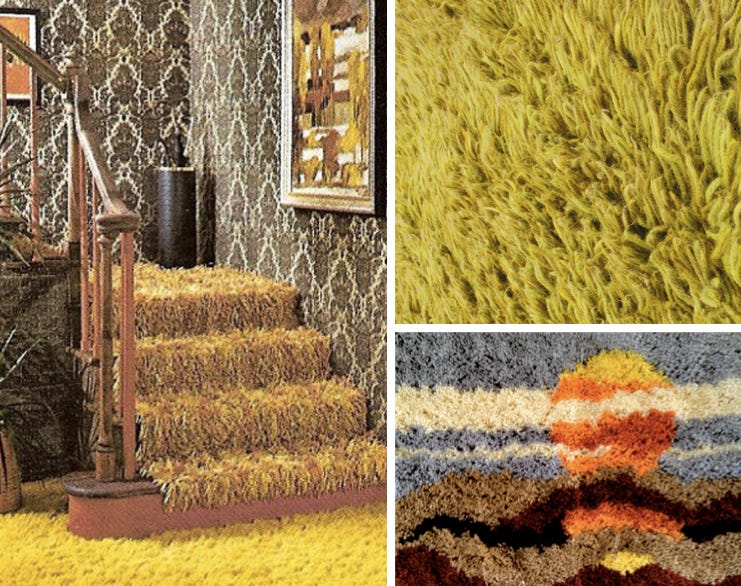Why Companies Should Hire Fur TDs
Leverage these experts to Elevate Your 3D Designs for Plush Materials
A couple of weeks ago, I made a case for why companies should hire lighting artists from animation, VFX, and gaming to elevate their renders.
This week, I’m diving into a role that could be just as crucial, especially for companies working with a specific type of fabrics: Fur Technical Directors (TDs).
What Is a Fur TD and Why Should You Care?
Let’s start with the basics. In animation and VFX, Fur TDs create realistic fur on characters. This isn’t just about making something look fuzzy; it’s about crafting detailed geometry that behaves realistically, with hair and fibers believably responding to movement and force. Fur TDs work with incredibly sophisticated tools—systems like Xgen in Maya or Houdini’s fur grooming toolkit—to create fur that looks and moves like the real thing.
(Sidebar - There are various titles for artists focused on fur grooms in 3D productions. There’s Fur TD, Fur Artist, Char Sim, Character FX, Grooming Artist, etc…But for this article, we are sticking with Fur TD.)
The Challenge of High-Pile Fabrics
How does this apply to apparel or furniture design?
Think about high-pile fabrics: plush materials like fleece, wool, faux fur, and even certain textured knits. These fabrics present a challenge in 3D design because they don’t behave like relatively smooth, flat materials. Current 3D tools for fashion do a great job with simpler fabrics—cottons, linens, silks—because their heights are minimal. However, when it comes to high-pile materials, the 3D results lack believability.
The issue with high-pile fabrics in 3D workflows is that traditional material systems handle smaller, microdetails—like bump and minor displacement—really well. These are subtle shifts in the flat geometry to help a piece of fabric feel slightly softer.
This works perfectly for fabrics like cotton or linen. But the distance is too great with high-pile fabrics like fleece or plush knits. The system stretches the surface straight up, but underneath, it remains flat and solid, which breaks the illusion of depth. Look at this example of stretching a stylized fur to extreme ends. That area underneath it becomes a problem incredibly quickly.
Right now, we lack the technology to curve and manipulate this height displacement in a way that leaves the area underneath it empty, like a blade of grass or how carpet fibers bend. The only way to achieve true realism is through geometry—actually building the individual fibers. Sure, you could model this geometry manually, but it would take an absurd amount of time.
If only there were systems built into 3D workflows to handle this type of problem—something to handle fuzzy objects that require a lot of geometry but could be controlled and potentially animated in a realistic, believable way. Do you see where I'm going with this?
Enter the Fur TD
Here’s where fur TDs come in. The tools they use for creating digital fur are perfect for recreating high-pile fabrics. Fur systems are designed to manage layers of complex geometry, making them ideal for fabrics with height. Whether it’s a fleece jacket or a plush rug, these materials need the kind of attention to detail that fur systems can provide. And the best part? This technology is already proven. It’s been used in the entertainment industry for years to create some of the most lifelike fur you’ve seen in animated films.
Why Your Current Apparel Designers Might Not Be Enough
But let’s get practical. Why should an apparel company go through the trouble of hiring a Fur TD when they already have artists on staff?
The reality is, fur systems are complex. While a talented, technically savvy artist could probably figure it out, it would take a lot of time—time that could be better spent on other aspects of the design process. Fur TDs already have the specialized knowledge and experience needed to make these systems work. They can tell you if all you need is a quick fur system in Blender or XGen in Maya or if you need to go with a full-blown Houdini-based fur system. They have the experience and know-how to determine the best approach for your needs.
And since high-pile fabrics are only a minor part of most product lines, you wouldn’t necessarily need to hire a fur TD full-time. A consultant could set up the systems, train your staff, and be on-call for occasional updates or troubleshooting.
Why Fashion Hasn’t Solved This Yet
You might wonder why the fashion industry hasn’t solved this problem yet. The truth is that high-pile fabrics are a niche issue. Most fashion products don’t require this level of detail. But for those companies that want to push the envelope—whether it’s high-end apparel brands, furniture designers working with plush materials, or even companies that want to create more realistic 3D models for virtual showrooms—this is an opportunity to stand out from the competition. By hiring a fur TD, you can ensure that your virtual designs look as realistic as possible, down to the last fiber.
Elevating Your Virtual Designs to the Next Level
In conclusion, high-pile fabrics present a unique challenge for 3D design, but it’s a challenge that’s already been solved in animation and VFX. By hiring Fur TDs, companies working with these materials can take advantage of proven technology and expertise, creating more realistic and engaging designs. Whether designing a fleece jacket, a faux fur throw, or a plush rug, a Fur TD can help you elevate your digital product line to the next level.
The 3D Artist Community Updates
Join us this Wednesday for an AMA with Valery Dufour. Valery is a marketing enthusiast, VR sculptor, and 3D generalist passionate about visual communication and design. She is dedicated to brand identity, new tech adoption, and changing perspectives through innovative visual solutions.
3D News of the Week
Unreal Fest Seattle 2024: all the news from Epic’s big event - The Verge
5 key features in Blender 4.3 - CG Channel
Unreal unveils impressive “Megalights” demo - YouTube
Pixar Artist Matt Nolte Directed This Indie Music Video ‘Hell Or High Water’ - Cartoon Brew
Lightweight Free App Feather 3D To Get New Features - 80.lv
Adobe has a new tool to protect artists’ work from AI - The Verge
3D Merch is here!
3D Tutorials
3D Job Spreadsheet
Link to Google Doc With A TON of Jobs in Animation (not operated by me)
Hello! Michael Tanzillo here. I am the Head of Technical Artists with the Substance 3D Growth team at Adobe. Previously, I was a Senior Artist on animated films at Blue Sky Studios/Disney with credits including three Ice Age movies, two Rios, Peanuts, Ferdinand, Spies in Disguise, and Epic.
In addition to his work as an artist, I am the Co-Author of the book Lighting for Animation: The Visual Art of Storytelling and the Co-Founder of The Academy of Animated Art, an online school that has helped hundreds of artists around the world begin careers in Animation, Visual Effects, and Digital Imaging. I also created The 3D Artist Community on Skool and this newsletter.
www.michaeltanzillo.com
Free 3D Tutorials on the Michael Tanzillo YouTube Channel
Thanks for reading The 3D Artist! Subscribe for free to receive new posts and support my work. All views and opinions are my own!














Really good points, Michael!